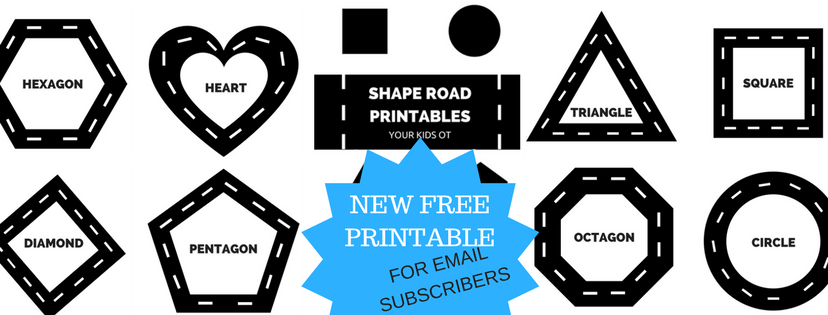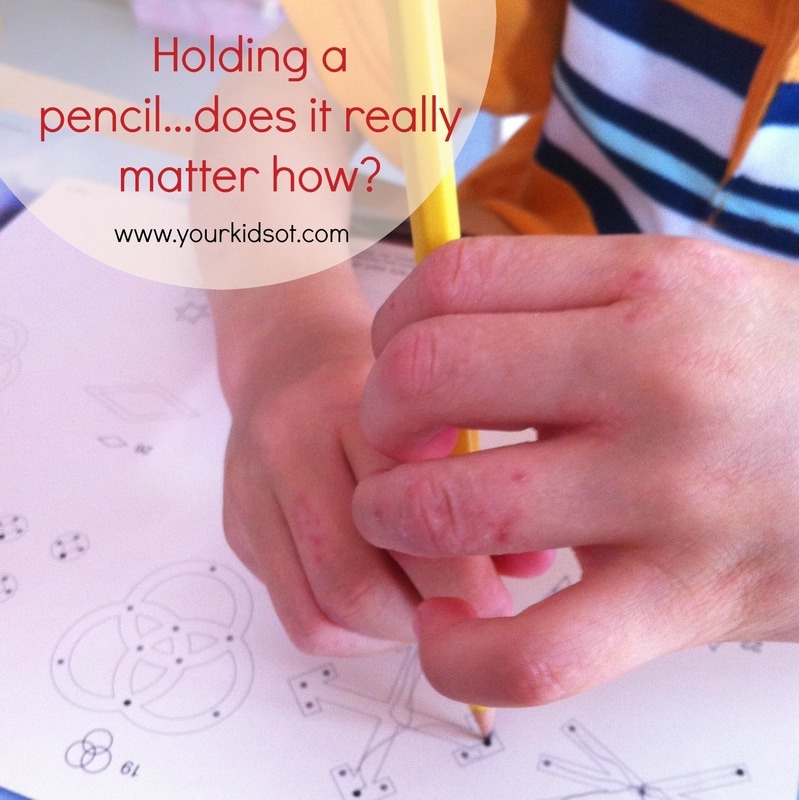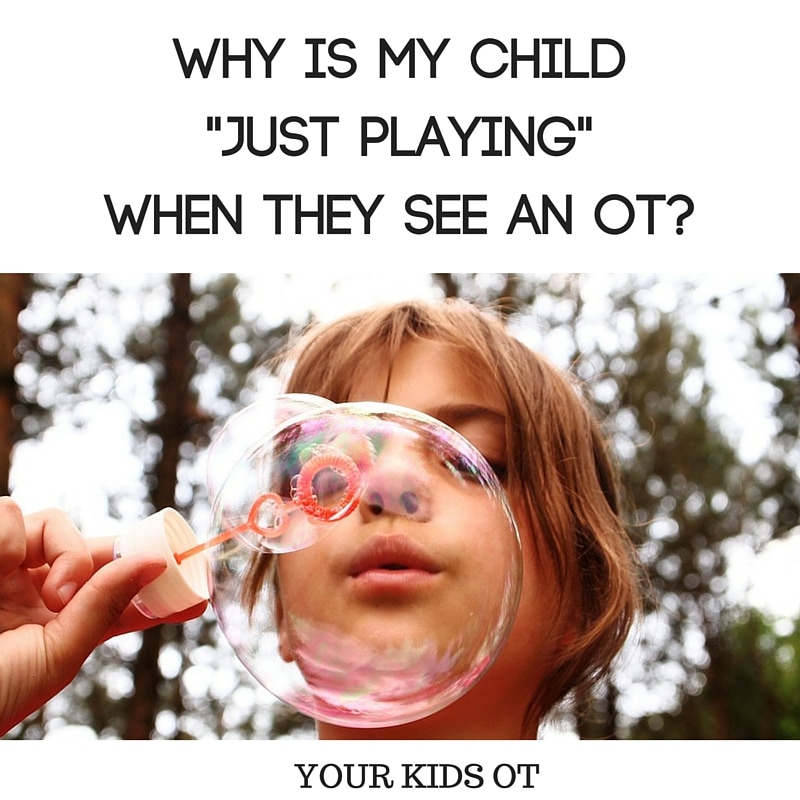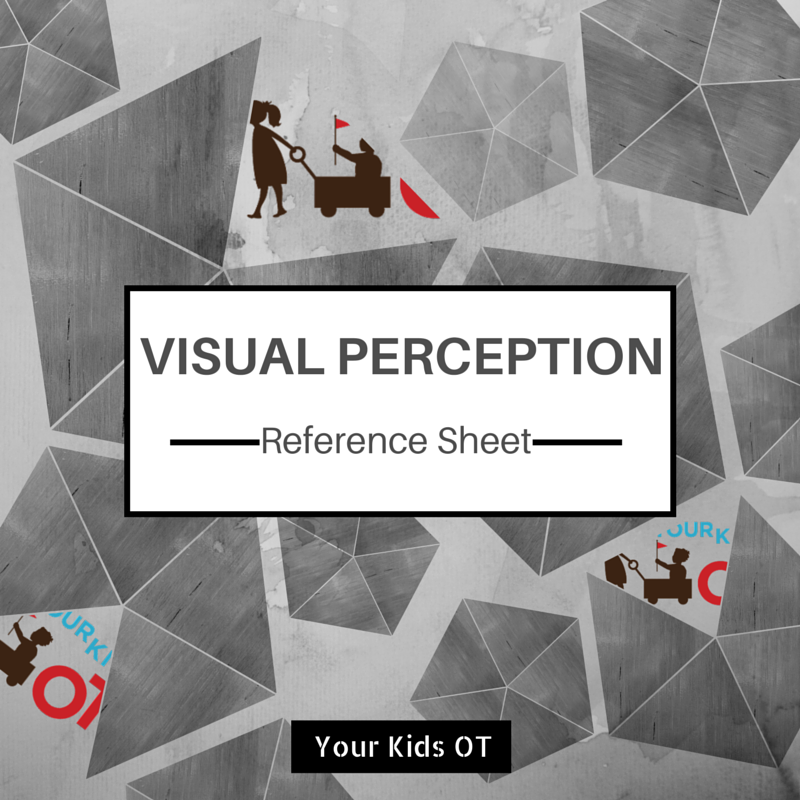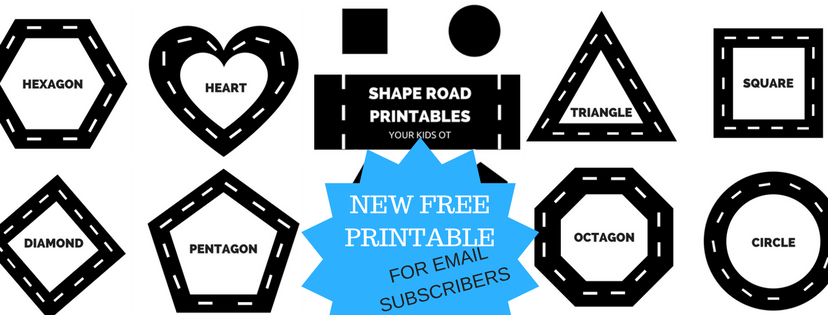|
Sit up, don't slouch! Why are you lying on the floor? You don't need to hold up your head. Postural instability is a common reason we see children slouched, or propping themselves up or falling over. There may be other reasons too but today let's talk about postural stability... We talk about core muscle strength as being "the sturdy central link in the chain connecting your upper and lower body". Core muscles describe both the muscles which assist with stability as well as those which enable trunk movement. In order for our children (and us) to use our limbs (arms and legs) we also need those joints connecting to the trunk (ie. the shoulder for arms and the hips/pelvis for legs) to be strong. We need stability for mobility. We need to be able to use our arms and legs separately and together. Individually as well as cooperatively. This involves bilateral coordination as well as a established trunk rotation and crossing the midline A separation of the upper body from the lower body is needed too. We need to move and sustain our movements against gravity. In self care, our arms need to be raised so that we put on a jumper. Our legs need be raised individually to put on or take off pants. These actions work against gravity whilst keeping the body stable. Balance and coordination also come into play with postural stability. Mature balance and equilibrium responses also minimize the need for primitive reflexes. Controlled movements of our arms and legs then develop into controlled movements of our hands and feet. We then look at the stability and strength from our elbow and wrists for fine finger movements. We look at stability from the knees and ankles for our feet and toes. We also gradually reduce the base of the support (eg. legs wide apart to shoulder width apart). This helps a child to reduce the need for abduction and external rotation at the hips and shoulders. In turn, this helps with controlled movements. To SUM up... to achieve postural stability and strength, we need to be placing our body in different positions whilst we play or work! Yoga is highly valued for mindfulness as well as gentle stretching to work on stability and mobility. It is an excellent way to incorporate a change of body positions throughout the day. We can also intentionally try a variety of positions that can have therapeutic benefits! Here is a list below. Body Positions! When choosing a body position, also consider your placement of toys or activities. You may place toys or items on the floor, a low height table, a high table or on a vertical surface. Perhaps you have items placed on two different surfaces to allow for movement between boday positions. Also take caution that these positions are not recommended for babies under 12 months old. Older toddlers should also be supervised. These recommendations are for preschool and school aged children. Single leg or Tall Kneeling.
Adults have long used kneeling chairs to work with at a desk. Some find this position more comfortable than sitting or standing. Four Point Kneeling.
Long sitting.
Side sitting.
Squat to stand
Standing
Prone
You may have heard that children should avoid "W sitting"! This position is often used with very young children to gain a wide base of support. It is not problematic if they also move into other positions voluntarily. However, if the "W sitting" extends beyong toddler years, there can be associated difficulties. They continue to need this wide base of support to compensate for weakness in joints, mucles and bones. Read more about "W sitting" with this excellent infographic by North Shore Pediatric Therapy. How??
Which positions are you going to try today?  Cindy is a registered occupational therapist practising in Sydney, Australia. She has two growing children who are a constant source of inspiration and learning. Cindy loves working creatively to help children to reach their potential, finding opportunities in everyday living and making learning fun. She is also addicted to making printables (even when they take a long time to complete). Cindy is the author of the Occupational Therapy blog Your Kids OT. Read more articles from Your Kids OT at https://www.yourkidsot.com/blog Cindy is a contributing author of the Functional Skills for Kids Therapy Team. They have together published THE HANDWRITING BOOK, THE SCISSORS SKILLS BOOK and THE TOILETING BOOK. The information on this site is general in nature. The activities are safe for most children, however, you should consult an Occupational Therapist or health professional to address specific movement, sensory or other medical conditions. Affiliate links are used throughout this website to promote recommended products. Your Kids OT receives a small commission if any purchases are made through these links. Please see my disclosure policy for more details. Amazon Store: https://www.amazon.com/shop/yourkidsot YKOT shop: https://www.yourkidsot.com/store/c1/Featured_Products.html Teachers Pay Teachers: https://www.teacherspayteachers.com/Store/Your-Kids-Ot You Tube Channel: https://www.youtube.com/channel/UCZUz_5nYEOCkj32DiOCQo4Q/featured Facebook: https://www.facebook.com/yourkidsot Instagram: https://www.instagram.com/yourkidsot/ Pinterest: https://www.pinterest.com.au/yourkidsot/
1 Comment
26/10/2023 03:13:27 am
Thank you for a lovely post. Might I also add that breathing is the foundation of core stability. Having children talk, sing and blow during activities supports their stability component - yoga often adds the breath to positions. And if a child can only hold a position when they are breath holding then it's best to choose a different position!
Reply
Your comment will be posted after it is approved.
Leave a Reply. |
AuthorHi, I'm Cindy and I am an Occupational Therapist. I enjoy working creatively with children to see them reach their potential. Read more about me here. SEARCH THIS SITE
Archives
June 2024
Categories
All
Popular Posts |
Join the YKOT e-newsletter!
Subscribe to get our latest content by email and receive
the SHAPE ROADS PRINTABLE NOW!

Success! Now check your email to confirm your subscription and receive your free printable!
Join our Mailing List!
Subscribe to get our latest content by email and receive
the SHAPE ROADS PRINTABLE NOW as a thankyou!

Success! Now check your email to confirm your subscription and receive your free printable!
Disclaimer: The information on this site is general in nature and should be used for educational and entertainment purposes. The activities are safe for most children, however, you should consult an Occupational Therapist or health professional to address specific movement, sensory or other medical conditions. This blog does not replace formal therapeutic professional advice given by a health professional or medical practitioner. Reviews and endorsements of products will only be made based on my expertise and personal opinion; and deemed worthy of such endorsement. The opinions shared in sponsored content will always be my own and not that of the advertising company or brand. Content, advertising space or posts will be clearly identified if paid, affiliated or sponsored. Affiliate links may be found throughout this website in advertising. This means that if you follow through with a purchase from these links, Your Kids OT will receive a percentage of the sale. Your Kids OT undertakes to meet the requirements of the "Social Media Policy" as published by Australian Health Practitioner Regulation Agency (AHPRA). Further information about this policy can be found here.
Find meFollow me |
About me
AuthorHi, I'm Cindy and I am an Occupational Therapist. I enjoy working creatively with children to see them reach their potential. Read more about me here. |
Copyright © 2017 Your Kid OT


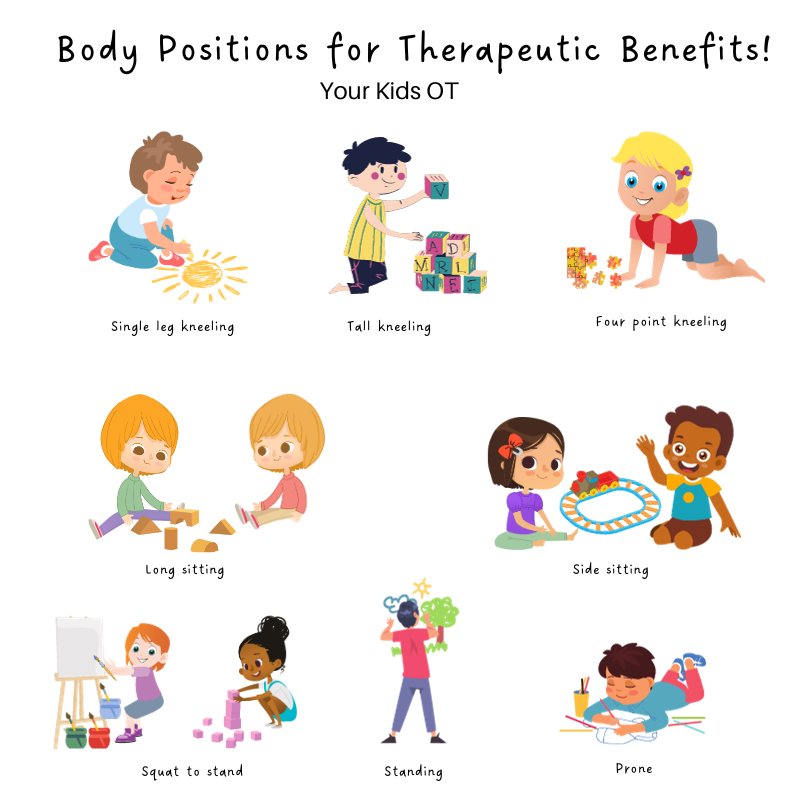


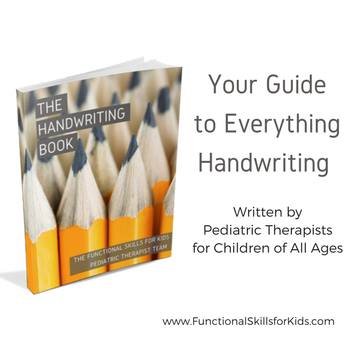
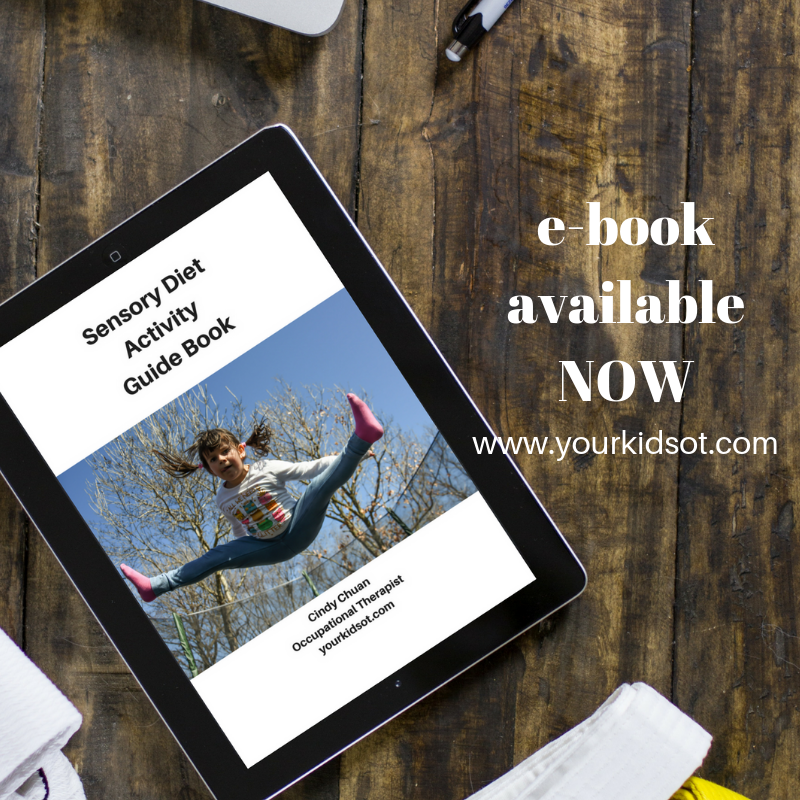
 RSS Feed
RSS Feed
